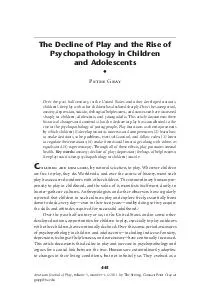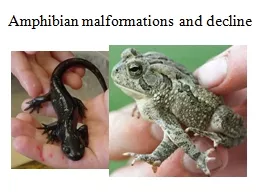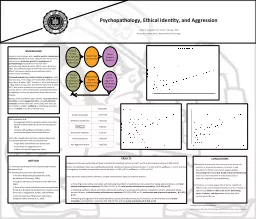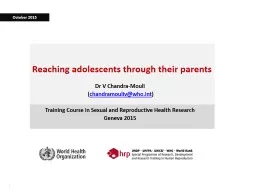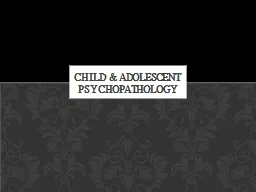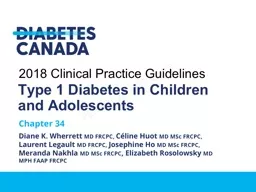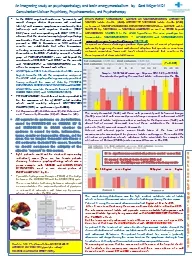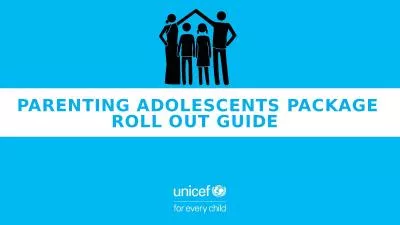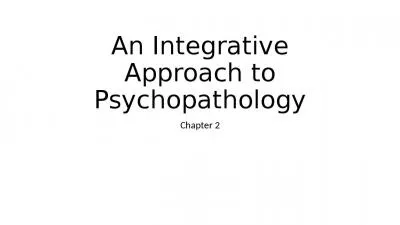PDF-The Decline of Play and the Rise of Psychopathology in Children and Adolescents
Author : danika-pritchard | Published Date : 2014-10-08
Over the same period anxiety depression suicide feelings of helplessness and narcissism have increased sharply in children adolescents and young adults This article
Presentation Embed Code
Download Presentation
Download Presentation The PPT/PDF document " The Decline of Play and the Rise of Psy..." is the property of its rightful owner. Permission is granted to download and print the materials on this website for personal, non-commercial use only, and to display it on your personal computer provided you do not modify the materials and that you retain all copyright notices contained in the materials. By downloading content from our website, you accept the terms of this agreement.
The Decline of Play and the Rise of Psychopathology in Children and Adolescents: Transcript
Download Rules Of Document
" The Decline of Play and the Rise of Psychopathology in Children and Adolescents"The content belongs to its owner. You may download and print it for personal use, without modification, and keep all copyright notices. By downloading, you agree to these terms.
Related Documents

